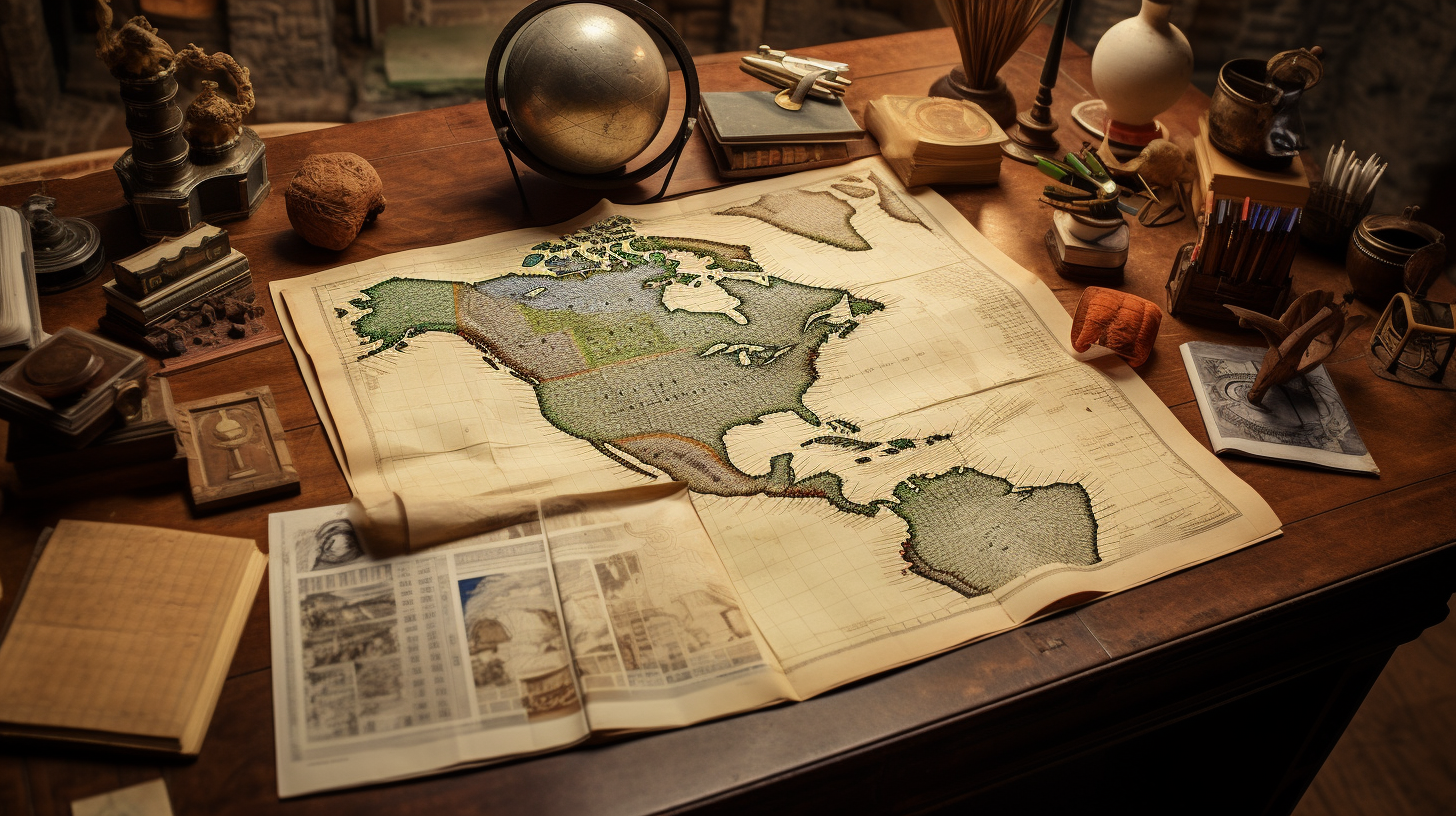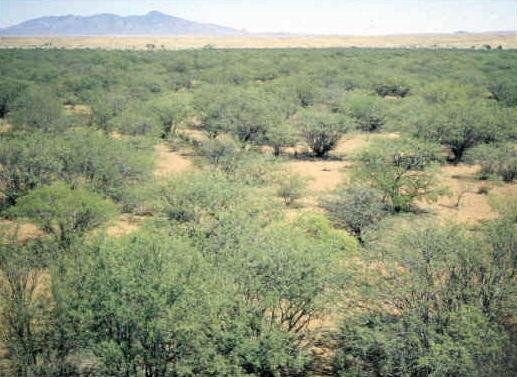
Articles

Mexican States
Southwest United States
Heritage and Governance
Mexican Colonial Migration as a Catalyst for Assimilation (1550-1821)
For centuries, Mexico has led the world in silver production. In 1546, during Mexico’s colonial period, silver was first discovered in Zacatecas, but many more mines would be opened up in the next two centuries. According to Michael M. Swann, “Migrants in the Mexican North,” the “silver centers attracted large, mixed populations from great distances.
The Yaqui Arizona Diaspora
Many Yaquis came to Arizona either alone, in small family groups, or as unrelated groups who shared a common heritage. The Yaquis followed the Southern Pacific Railroad tracks establishing the first Yaqui communities in the Tucson area. Many continued to journey north, following the railroad tracks and establishing communities in Marana, Eloy, Sacaton, Phoenix, Yuma.
The Origin of Náhuatl and the Uto-Aztecan Family
Náhuatl is one of the most spoken indigenous languages in the Americas with over 1.7 million speakers and is part of the Uto-Aztecan (UA) family language. A language family that historically spanned from the US state of Idaho down to Northern Costa Rica. This family contains a variety of different languages that all came from a common ancestor thousands of years ago. Over the years various migrations occurred and groups eventually diverged from each other and started to become their own independent culture and language.
Indigenous Sonora and the Census
When the Spaniards first reached Sinaloa and Sonora in 1531, they found indigenous people living along the coastal region. Speaking eighteen closely related dialects, the Cáhita peoples of Sinaloa and Sonora numbered about 115,000 and were the most numerous of any single language group in northern Mexico. The Spaniards called them "ranchería people.“
The Native People of Nueva Vizcaya and Nueva Galicia
The following tables contain information of the native people of the Spanish jurisdictions in Nueva Galicia, Nueva Vizcaya, Sonora and Sinaloa. These extracts primarily contain information about the indigenous groups occupying these areas at the time of the Spanish contact, the year of which varies from one place to another. However, Peter Gerhard’s book contains a wealth of local information, and it is highly recommended that interested researchers purchase the book to have access to all the information provided.
Divided Loyalties: The Indigenous Peoples Who Occupy the US-Mexico Borderlands
This presentation discusses the native groups that occupied the regions adjacent to and on both sides of the U.S.-Mexico border over the last three centuries. While some of these tribes are well-known to us today (i.e., the Yaquis, Tohono O'odham, Kumeyaay, etc.), tribal groups that have nearly disappeared as distinguishable cultural entities (i.e., Carrizos, Mansos, Jocome, Coahuiltecans, etc.) will also be discussed. In addition to the history of those tribes, we will explore the current status of some of the tribal communities that still exist today.
Mexico’s 1921 Census: A Unique Perspective
In the aftermath of the Mexican revolution, Mexico’s Departamento de la Estadística Nacional administered a census that would be unique among Mexico’s census counts administered between 1895 and 2005. In this new census, the Mexican Government decided to ask Mexicans about their perception of their own racial heritage. In the 1921 census, residents of the Mexican Republic were asked if they fell into one of the following categories:
Dual Identity: The Indigenous Peoples Who Occupy the U.S.-Mexico Borderlands
This presentation discusses the native groups that occupied the regions adjacent to and on both sides of the U.S.-Mexico border over the last three centuries. While some of these tribes are well-known to us today (i.e., the Yaquis, Tohono O'odham, Kumeyaay, Cocopah, etc.), tribal groups that have disappeared as distinguishable cultural entities (i.e., Carrizos, Mansos, Jocome, Coahuiltecans, etc.) will also be discussed. In addition to the history of those tribes, we will explore the current status of the tribal communities that still exist today.
The First Families of Los Angeles
Has your family lived in Los Angeles for many generations? Do you have any of the following surnames: Verdugo, Sepulveda, Avila, Rosas, Higuera, Lugo, Domínguez, Serrano, Olivas, Ybarra, Palomares, Rodríguez, Reyes, Romero, Valenzuela, Pico or Feliz? Or did you or your family come from the states of Sinaloa or Sonora?
The Native Roots of Southern Californians
On September 4, 1781, 44 pobladores (settlers) arrived at a location 9 miles west of the San Gabriel Mission to establish California’s second pueblo: El Pueblo de Nuestro Señora la Reina de Los Angles del Río de Porciúncula or The Town of Our Lady the Queen of Angeles by the River of Porciúncula. Later, the name was shortened to Los Angeles. When the 44 settlers arrived in Los Angeles, they and their families settled a short distance from a Kizh Nation village called Yang-na (now referred to as Yaanga) — now near the intersection of Alameda and Commercial Streets (south of the 101) — where 300 natives already lived.
Tracing Your Indigenous Roots in Sonora: A Challenge and an Adventure
In recent years, many Americans have taken an interest in their indigenous roots from northern Mexico. From the Late Eighteenth Century to the present, significant numbers of people from the State of Sonora migrated to Los Angeles and other areas of California.
Ritchie Valens: Pioneer Son of California
In July and August of 1781, two separate legs of an expedition arrived at the San Gabriel Mission with the intention of establishing a new Spanish settlement called “El Pueblo de Nuestra Señora de Los Angeles,” nine miles west of the mission. After a journey of 950 miles from Álamos (Sonora) through hostile Indian territory, fifty-six soldiers and eleven settlers (pobladores) and their families had arrived in San Gabriel and among their ranks were:
The Expedition of 1781: The Founding of Los Angeles
Most people living in Los Angeles today have probably never heard of the Expedition of 1781. However, if this expedition had not taken place or fulfilled its objectives, Los Angeles would not have turned 238 years old in September 2019. This expedition of almost a thousand miles founded a small pueblo on the outskirts of the extensive Spanish Empire. That small pueblo, now known as Los Angeles, would eventually form the nucleus of a thriving multi-ethnic, multicultural urban center with a population of almost 10 million people.
Watching the Yaquis from Los Angeles (1894-1937): Enduring Resistance in the Face of Extermination
From its founding in 1781, Los Angeles has had an important cultural link to the Mexican state of Sonora. A significant number of the inhabitants of Los Angeles during its first few decades were natives of Sinaloa and Sonora. And many of those migrants from the south were of Yaqui, Mayo or Totorame descent. By the time they came to California, most of those people were Christianized indios, mestizos and mulatos who were citizens of the Spanish Empire and had lost many elements of their original indigenous heritage and culture. Nevertheless, for many Angelinos, a distinct bond between Los Angeles and Sonora remained. And some Angelinos recognized their genetic link to the Yaqui Indians of southern Sonora.
Indigenous Sonora: Four Centuries of Warfare (Part 2)
Spanish forces first entered the coastal region of Sinaloa and Sonora in the 1531 when the professional lawyer turned Conquistador, Nuño Beltrán de Guzmán, led an expedition of 300 Spaniards and 10,000 Indian allies (Tlaxcalans, Aztecs and Tarascans) into area. In March 1531, Guzmán’s army reached the site of present-day Culiacán (now in Sinaloa), where his force engaged an army of 30,000 warriors in a pitched battle. The indigenous forces were decisively defeated and, as Professor Peter Gerhard notes, the victors “proceeded to enslave as many people as they could catch.” The indigenous people confronted by Guzmán belonged to the Cáhita language group, which spoke eighteen closely related dialects in both Sinaloa and Sonora.
Indigenous Sonora at Contact (Part 1)
Located in northwestern Mexico, Sonora shares 588 kilometers of border with the United States, specifically with the States of Arizona and New Mexico. The state also shares a common border with the Mexican states of Chihuahua (on the east), Sinaloa (on the southeast), and Baja California (on the northwest). Sonora also shares a long shoreline along the Gulf of California.

Article Categories
- Aguascalientes 14
- Arizona 4
- Baja California 5
- Baja California Sur 2
- California 19
- Campeche 4
- Census 36
- Chiapas 3
- Chihuahua 11
- Coahuila 7
- Colima 1
- Conquistador Chronicles 2
- Durango 2
- Ethnic Identity 40
- Genealogy 35
- Guanajuato 8
- Guerrero 8
- Hidalgo 2
- Indigenous Insights 97
- Jalisco 25
- Mexico City 11
- Michoacan 7
- Morelos 4
- Nayarit 3
- New Mexico 4
- Nuevo Leon 7
- Oaxaca 6
- Politics 10
- Puebla 5
- Queretaro 1
- Quintana Roo 4
- San Luis Potosi 11
- Sinaloa 6
- Sonora 16
- Southwest US 26
- State of Mexico 5
- Tabasco 3
- Tamaulipas 11
- Texas 7
- Tlaxcala 7
- Veracruz 6
- Yucatan 6
- Zacatecas 13

















